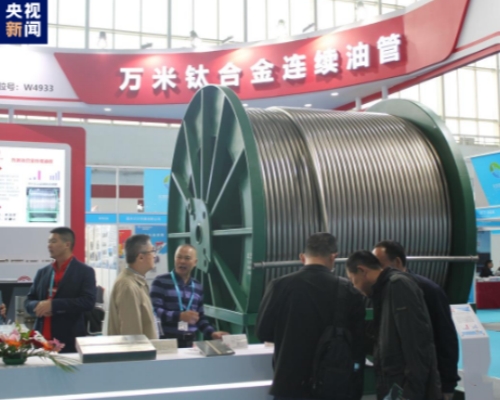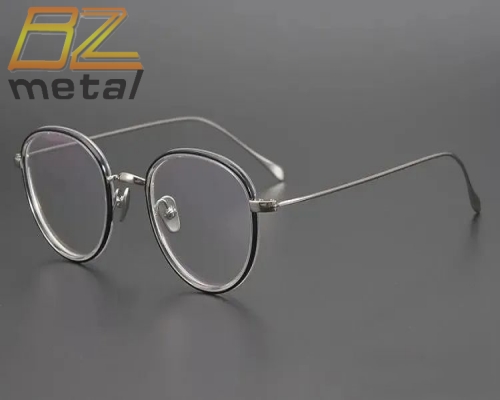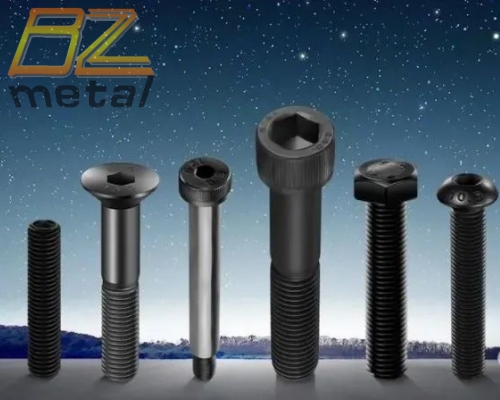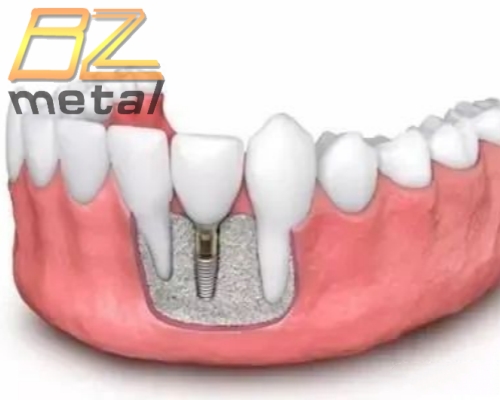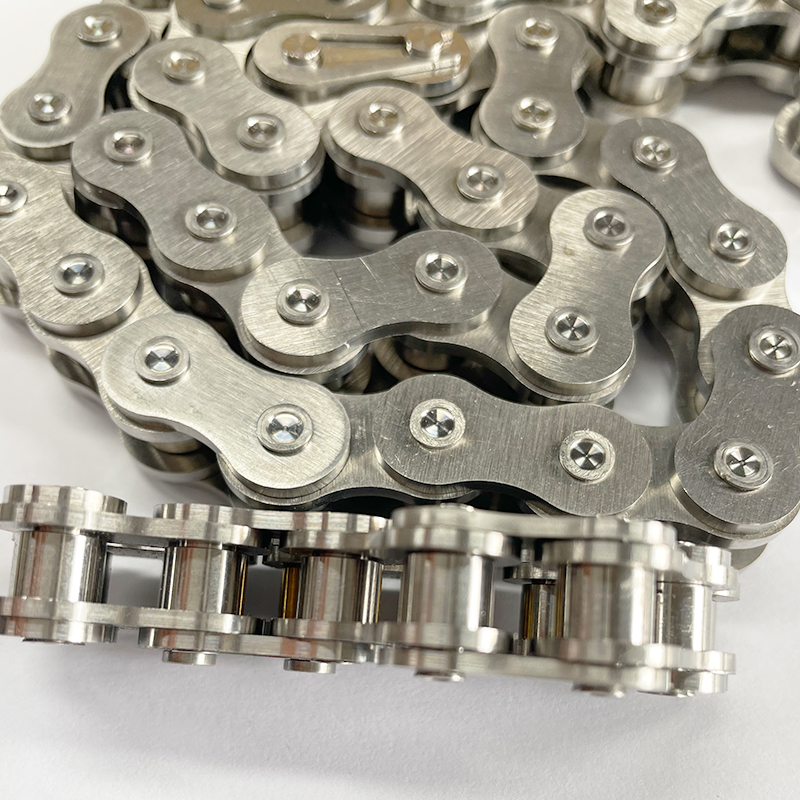Effect of Surface Modification of Titanium Alloy On Bone Integration
Effect of Surface Modification of Titanium Alloy On Bone Integration
The surface modification of titanium alloy has a significant impact on the bone integration of the implant. Through different surface modifications, such as chemical treatment, physical treatment, electrochemical treatment, and biological treatment, the surface of titanium alloy can be modified to form an appropriate topography, composition and surface wettability, which can effectively improve the surface compatibility and the osseointegration of titanium alloy.
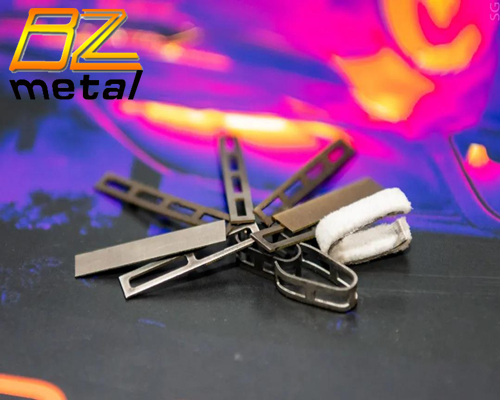
Chemical treatments, such as the formation of an oxide layer by anodization or a hydroxyl layer by alkaline treatment, can improve the wettability of the titanium alloy surface, thus promoting the adhesion of bone cells. The physical treatments, such as sandblasting and grit blasting, can provide a rough surface, which can increase the surface area of the implant and create a favorable bone-implant interface. Electrochemical treatments, such as electropolishing, can reduce the surface roughness and provide a better surface finish, which can facilitate the removal of protein contamination and reduce the risk of foreign body reaction. Biological treatments, such as the deposition of calcium phosphate, can increase the amount of minerals on the implant surface, which can provide a better environment for osteoblast adhesion and proliferation.
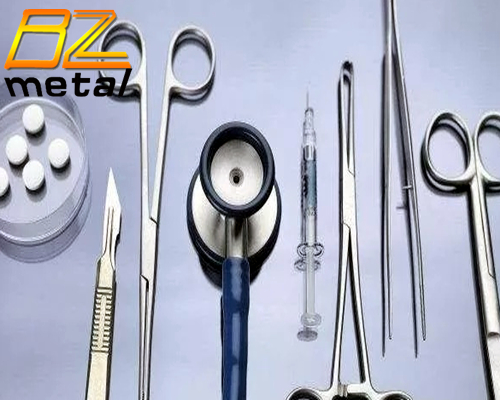
In conclusion, the surface modification of titanium alloy can greatly improve the bone integration of the implant, and different surface treatments can provide different surface characteristics, thus providing better biocompatibility and improved osseointegration.

